Van Helsing (2004)

Introducing Van Helsing: A Swashbuckling Monster-Hunting Epic Returns
In 2004, Universal Pictures unleashed Van Helsing, a bold, action-packed horror-adventure that brought together the studio’s iconic monsters—Dracula, Frankenstein’s Monster, and the Wolf Man—in a thrilling, gothic spectacle. Directed by Stephen Sommers, known for The Mummy (1999), and starring Hugh Jackman as the titular monster hunter, Van Helsing blended high-octane action, gothic horror, and swashbuckling charm to create a love letter to Universal’s classic monster movies. Despite mixed critical reviews, the film’s ambitious scope, dazzling visuals, and Jackman’s charismatic performance earned it a cult following, grossing over $300 million worldwide against a $160 million budget. As Van Helsing returns for a 2025 re-release, complete with restored visuals and bonus content, this article offers a comprehensive introduction to the film, exploring its plot, cast, production, themes, and enduring legacy as a monster-hunting epic that resonates with fans of action, horror, and adventure.

Plot Overview: A Battle Against the Forces of Darkness
Van Helsing is set in the late 19th century, blending gothic horror with pulp adventure. Hugh Jackman stars as Gabriel Van Helsing, a brooding monster hunter employed by a secret Vatican order to combat supernatural threats. Haunted by fragmented memories and a mysterious past, Van Helsing is dispatched to Transylvania to protect the Valerious family, who have vowed to destroy Count Dracula (Richard Roxburgh) before their lineage ends. The film opens with a black-and-white prologue in 1887, depicting Dr. Victor Frankenstein (Samuel West) creating his Monster (Shuler Hensley) under Dracula’s manipulation, only for a mob to drive the creature into hiding.
In 1888, Van Helsing, armed with an arsenal of steampunk weapons, arrives in Transylvania with his inventive sidekick, Friar Carl (David Wenham). He teams up with Anna Valerious (Kate Beckinsale), the last of her family, who is determined to kill Dracula to save her brother Velkan (Will Kemp) and fulfill her family’s centuries-old oath. The plot unfolds as a high-stakes adventure, with Van Helsing battling Dracula’s brides (the vampiric Verona, Aleera, and Marishka), uncovering Dracula’s plan to use Frankenstein’s Monster to bring his undead offspring to life, and confronting a werewolf curse affecting Velkan. The narrative weaves together encounters with the Wolf Man (Kemp) and Frankenstein’s Monster, culminating in a climactic showdown at Dracula’s castle, where Van Helsing’s own supernatural nature is revealed, tying his fate to the creatures he hunts.
The story is a whirlwind of action, horror, and romance, with Van Helsing and Anna’s chemistry providing an emotional anchor. While the plot prioritizes spectacle over depth, its fast-paced structure and monster mash-up deliver a thrilling ride, drawing inspiration from Universal’s 1930s-1940s monster films like Dracula (1931) and Frankenstein (1931).
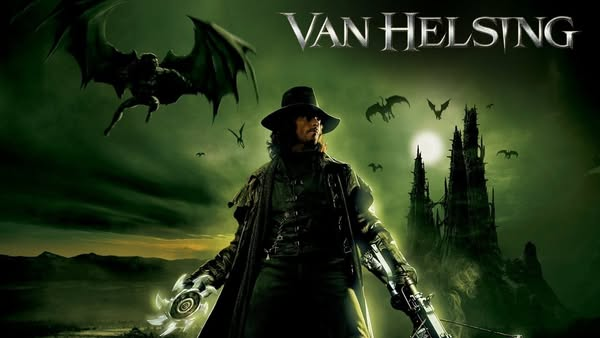
Cast and Characters: A Charismatic Ensemble
Hugh Jackman anchors Van Helsing as Gabriel Van Helsing, bringing a rugged charm and physical intensity that foreshadowed his iconic Wolverine role. Jackman’s portrayal balances stoic heroism with vulnerability, particularly in scenes hinting at Van Helsing’s lost memories and divine connections. Kate Beckinsale shines as Anna Valerious, a fierce and determined warrior whose chemistry with Jackman adds a romantic spark, though some critics noted her role leaned into action-heroine tropes. Richard Roxburgh’s Dracula is flamboyantly villainous, embracing the campy theatricality of the character, though reviews suggested he lacked the menace of Bela Lugosi’s original.
The supporting cast elevates the film’s energy. David Wenham’s Friar Carl provides comic relief with his nerdy enthusiasm and quippy one-liners, serving as the Q to Van Helsing’s James Bond. Shuler Hensley’s Frankenstein’s Monster brings surprising pathos, portraying the creature as a tragic figure seeking purpose. The vampire brides—Josie Maran (Marishka), Silvia Colloca (Verona), and Elena Anaya (Aleera)—add seductive menace, while Will Kemp’s Velkan delivers intensity as the cursed Wolf Man. Supporting roles, like Alun Armstrong as Cardinal Jinette, ground the film’s Vatican intrigue. The ensemble’s commitment to the film’s over-the-top tone ensures a fun, if occasionally hammy, dynamic.
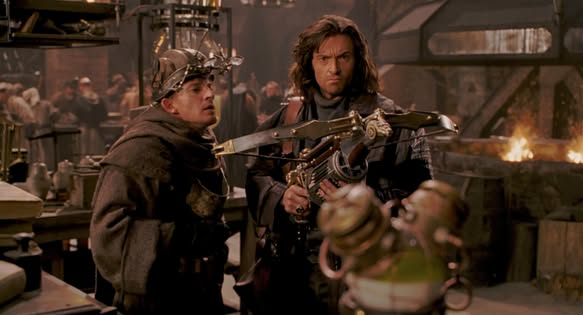
Production and Creative Team: A Visual Spectacle
Directed by Stephen Sommers, Van Helsing reflects his knack for blending action, adventure, and horror, as seen in The Mummy series. Sommers also wrote the screenplay, infusing it with pulp sensibilities and nods to Universal’s monster legacy. Produced by Universal Pictures and Sommers’ own company, the film boasted a $160 million budget, evident in its lavish production design by Allen Cameron, featuring gothic castles, misty Transylvanian villages, and a steampunk Vatican armory. Filming took place in Prague, Czech Republic, and California, with practical sets complemented by groundbreaking CGI for the time, particularly in the werewolf and vampire transformations.
The visual effects, supervised by Industrial Light & Magic, were ambitious, though some critics noted the CGI-heavy monsters (e.g., Mr. Hyde and the werewolf) looked dated even in 2004. Cinematographer Allen Daviau captured a moody, gothic aesthetic, while Alan Silvestri’s soaring score amplified the film’s epic scope, blending orchestral grandeur with haunting motifs. Costume designer Gabriella Pescucci crafted period-appropriate yet stylized looks, from Van Helsing’s leather duster to Anna’s corseted warrior attire. The 2025 re-release, featuring a 4K restoration and behind-the-scenes featurettes, enhances the film’s visuals, addressing some original criticisms about CGI quality.
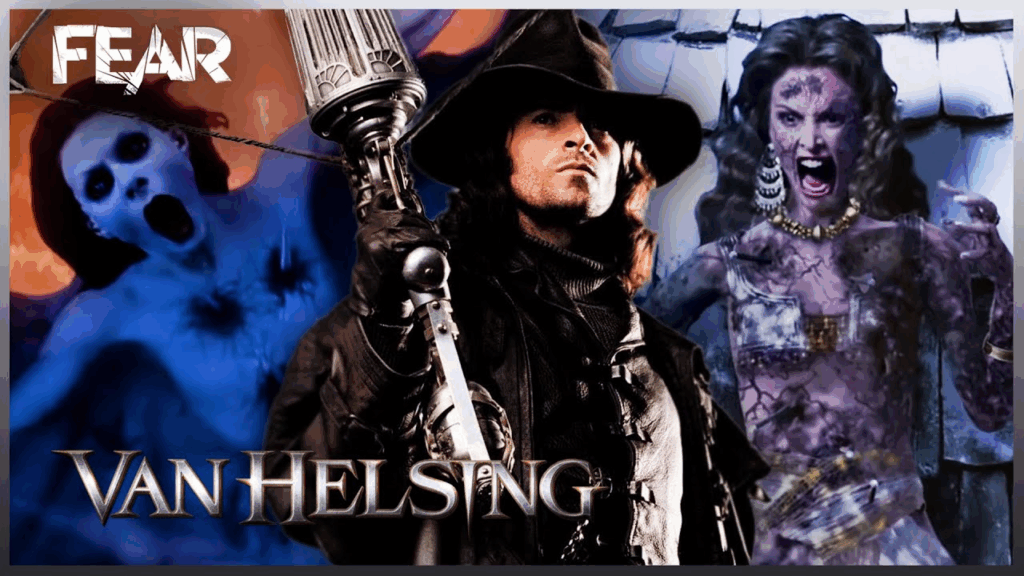
Themes and Style: Monsters, Morality, and Mythic Heroism
The Great explores themes of duty, redemption, and the blurred line between man and monster. Van Helsing’s mysterious past—hinted to involve angelic or divine origins—raises questions about his humanity, paralleling the monsters he hunts, particularly Frankenstein’s Monster, who seeks acceptance. The film examines the cost of heroism, as Van Helsing and Anna sacrifice personal desires for their mission, echoing the moral ambiguity of Watchmen characters like Laurie Juspeczyk, who grapple with identity and purpose in a flawed world. Dracula’s quest to create life through his undead offspring adds a twisted reflection on creation and legacy, tying into Universal’s classic monster themes.
Stylistically, Van Helsing is a genre mash-up, blending gothic horror, action-adventure, and swashbuckling flair. Its tone is unapologetically bombastic, with kinetic fight scenes (e.g., Van Helsing’s crossbow battles), gothic visuals, and a touch of camp that pays homage to Universal’s monster films while embracing modern blockbuster sensibilities. Critics noted its overstuffed narrative but praised its “rip-roaring energy” (Variety) and “guilty pleasure” appeal (Roger Ebert). The film’s pacing and visual excess make it a precursor to modern superhero epics, with Van Helsing as a proto-superhero akin to Wolverine or Batman.
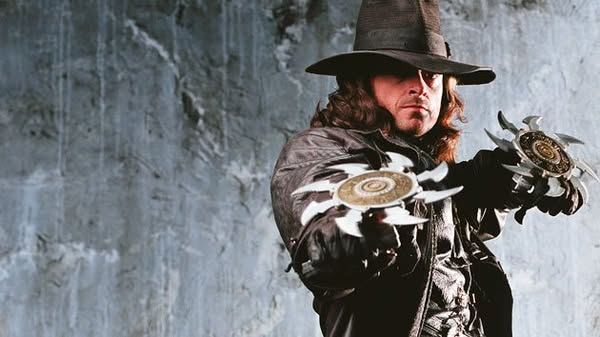
Expectations and Audience Reception
Upon its release on May 7, 2004, Van Helsing received mixed reviews, earning a 24% approval rating on Rotten Tomatoes and a 35/100 on Metacritic, with critics like The New York Times calling it “overblown” and faulting its reliance on CGI over story. However, audiences embraced its spectacle, giving it a B CinemaScore and driving its $300.2 million global box office, including $120.2 million domestically. Posts on X and fan discussions in 2025 reflect its cult status, with fans praising Jackman’s charisma and the film’s “fun, cheesy vibe.” The 2025 re-release, timed to celebrate Universal’s monster legacy, includes restored visuals and featurettes on the film’s production, appealing to nostalgic fans and new viewers.
The film’s reception highlights its polarizing nature: detractors found it narratively shallow, while supporters celebrated its bold ambition and monster mash-up. Its influence is seen in later monster-centric projects like the failed Dark Universe, and its cult following has fueled calls for a sequel or reboot, though none are confirmed as of 2025. The re-release aims to reframe Van Helsing as a misunderstood gem, emphasizing its action-packed charm and Jackman’s star-making turn.
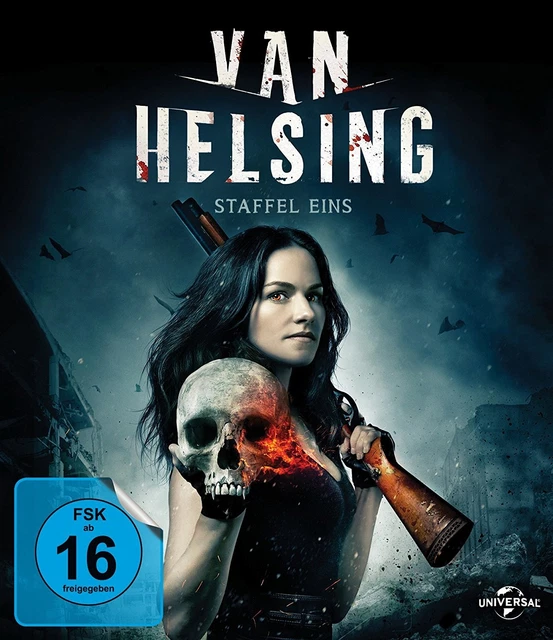
Conclusion: A Timeless Monster-Hunting Adventure
Van Helsing remains a thrilling, if flawed, ode to Universal’s monster legacy, blending gothic horror, swashbuckling action, and Hugh Jackman’s magnetic presence. Stephen Sommers’ ambitious vision, paired with a stellar cast and lavish production, delivers a rollercoaster of monsters, mayhem, and heroism that resonates with fans of pulp adventure. Its themes of redemption and humanity, akin to Watchmen’s moral complexity, add depth to its spectacle, making it a fitting subject for fans of layered narratives. As Van Helsing returns to theaters in 2025, it invites audiences to rediscover its gothic grandeur and unapologetic fun, cementing its place as a cult classic in the monster-hunting pantheon.